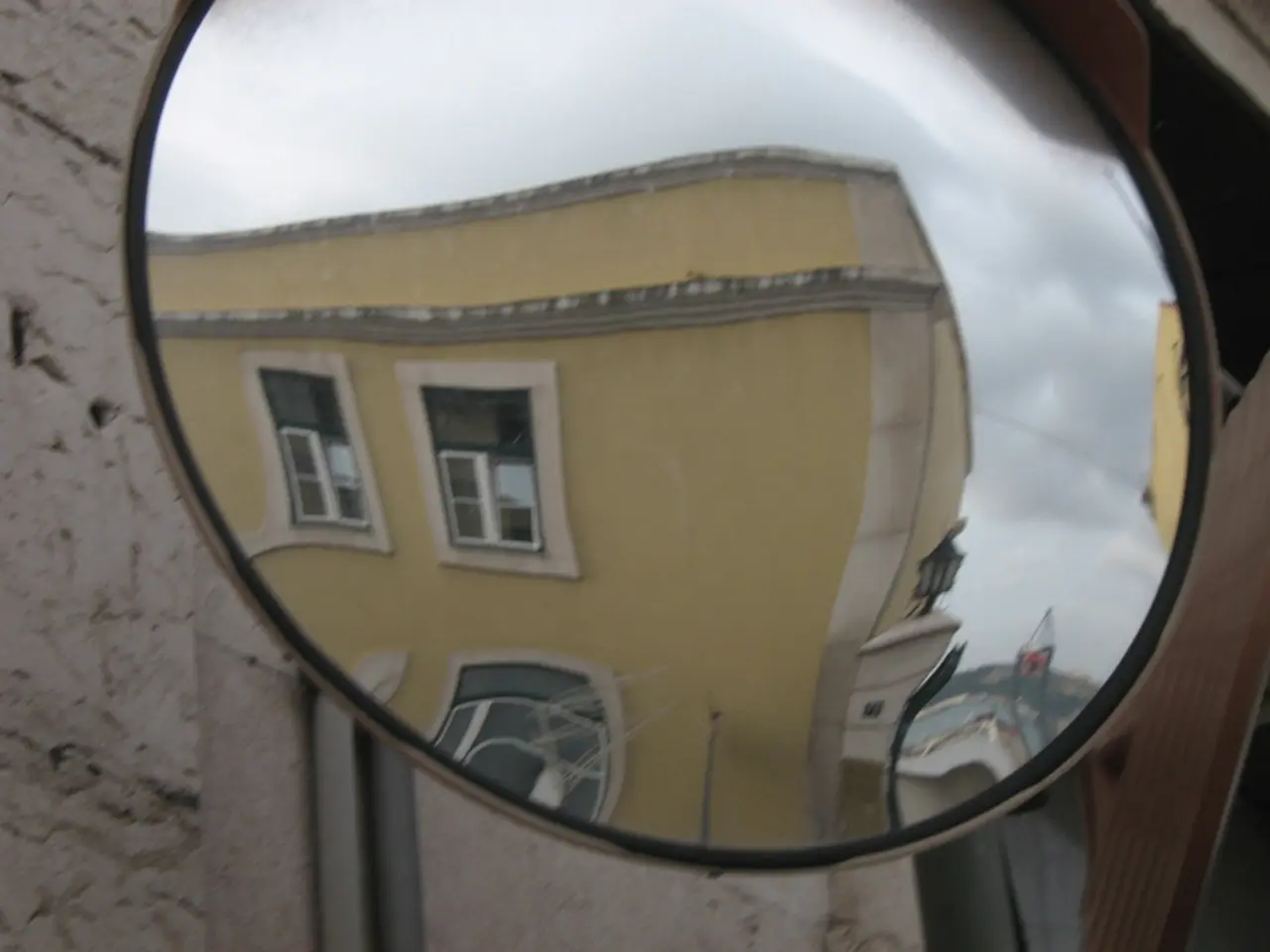Steep 12% Decline in LVMH's Fashion and Accessories Revenue Indicates Broader Slump in Luxury Market
The global luxury market is bracing for a contraction in 2025, with personal luxury goods falling to €364 billion ($417 billion) in 2024, down 1% at current exchange rates, according to a new report from Bain & Company in association with Altagamma. This marks the first genuine slowdown since the 2008 financial crisis, excluding the COVID-19 pandemic impacts.
The Downturn and Its Causes
The downturn is attributed to a combination of structural, cultural, and economic headwinds. Economic challenges and volatility especially in early 2025, a shift in consumer behavior, particularly among younger generations such as Gen Z, who are more skeptical about pricing and place higher value on sustainability and experience, price fatigue and tariff-related transparency affecting demand and pricing, and the evolution in the definition of luxury, with traditional luxury drivers like scarcity and status being reevaluated, are all contributing factors.
Resilience and Strategic Adaptation
Despite these short-term declines, Bain emphasizes the luxury sector’s historical resilience and the continuing emotional and identity-based drivers that will sustain engagement with luxury brands over the long term. The report highlights changes in luxury retail distribution, noting a decline of traditional multi-brand stores alongside the rise of single-brand stores and online marketplaces, which affects how luxury brands reach consumers.
LVMH's Strategy and Performance
LVMH, the world's largest luxury goods company, is not immune to these challenges. The fashion and leather goods segment, which generated about half of LVMH revenues last year, fell 8% in the first half of 2025. LVMH reported a 4% decline in total revenues for the first half of 2025, amounting to $46.7 billion (€39.8 billion). Net profits declined 22% to $6.9 billion in the same period.
In response, Bernard Arnault, CEO of LVMH, is working on simplifying the wine and spirits segment's structure and concentrating on its flagship brands. TD Cowen downgraded LVMH stock from Buy to Hold in April and doesn't expect to have clearer visibility on LVMH until after the second half of the year.
LVMH is also making moves to adapt to the changing market. The company has a minority stake in Polène, one of the upstart "quiet luxury" leather brands that is reported to have doubled sales in the last year. LVMH is shopping the Marc Jacobs brand to bring in $1 billion.
In the fashion division, Jonathan Anderson is the new fashion director for Christian Dior and Jack McCollough and Lazaro Hernandez are the new fashion directors for Loewe, but it will take time for their influence to translate into sales.
Controversy Surrounding Loro Piana
However, LVMH is not without controversy. One of its brands, Loro Piana, is caught in an expanding controversy surrounding allegations of worker abuse in the luxury supply chain.
In conclusion, the Bain and Altagamma forecast portrays 2025 as a challenging year for the global luxury market marked by its first contraction in over a decade, driven by economic pressures and evolving consumer values, yet leaving room for resilience and strategic adaptation among leading brands.
- The luxury fashion and leather goods business within LVMH, a significant contributor to their revenues, saw an 8% decline in the first half of 2025, reflecting the challenges facing the luxury market.
- In response to the market downturn, LVMH's CEO, Bernard Arnault, is focusing on streamlining the wine and spirits segment's structure and emphasizing flagship brands, while also pursuing opportunities such as investing in emerging "quiet luxury" brands like Polène and repositioning established ones, like selling Marc Jacobs brand for $1 billion.




